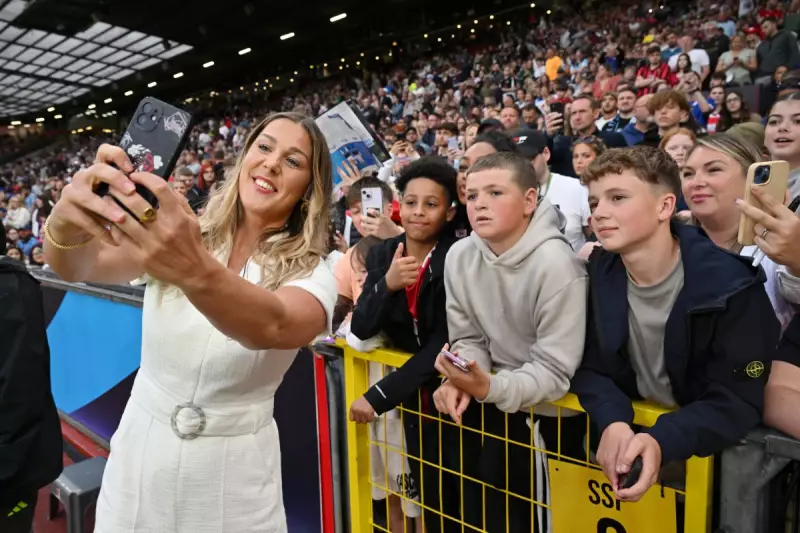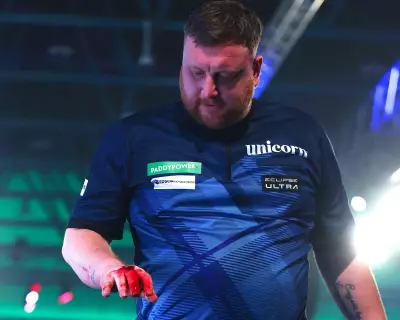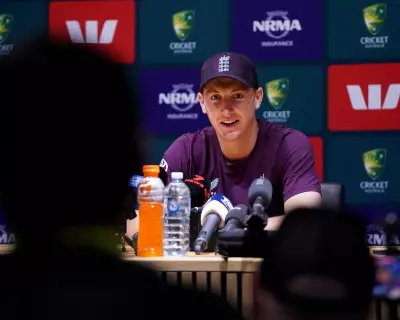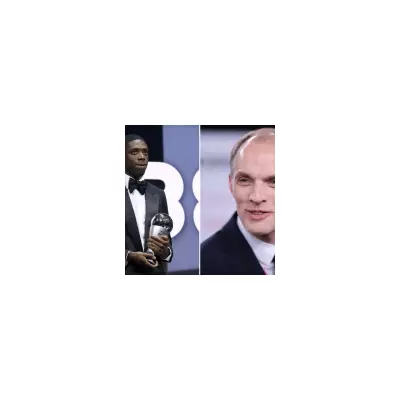
The controversy surrounding England goalkeeper Mary Earps' replica shirt availability has evolved from a retail misstep into a watershed moment for women's sport. What began as fan frustration over being unable to purchase the Lionesses' star goalkeeper jersey has sparked a much-needed examination of how female athletes are valued commercially.
Mary Earps herself publicly criticised sportswear giant Nike for their decision not to sell her shirt, despite her rising profile following England's World Cup success. The 30-year-old shot-stopper's phenomenal performance during the tournament saw her win the Golden Glove award, yet fans found themselves unable to show their support through merchandise.
From Retail Oversight to Cultural Turning Point
This isn't merely about replica shirts gathering dust in warehouses. The Earps situation has highlighted a deeper issue within women's sport - the persistent underestimation of commercial demand and fan engagement. For decades, women's sports have battled against perceived lower interest levels, often resulting in limited merchandise availability and smaller production runs.
The overwhelming public response to this controversy demonstrates how dramatically the landscape has shifted. Women's football, particularly in England, has seen exponential growth in both attendance and broadcast figures since the Lionesses' European Championship triumph in 2022.
A Changing Sporting Culture
Former England player Eni Aluko weighed in on the debate, suggesting the shirt saga reflects broader cultural attitudes toward women's sport. "There's still this underlying perception that women's sport is niche, that it doesn't command the same commercial appeal as men's," Aluko noted during television discussions.
The statistics tell a different story. The Women's Super League has broken attendance records multiple times this season, while the Women's FA Cup final regularly sells out Wembley Stadium. This groundswell of support makes commercial decisions like Nike's appear increasingly out of touch with reality.
The Road to Commercial Equality
Several key developments need to occur to bridge this commercial gap:
- Better market research into fan demand for women's sport merchandise
- Increased production flexibility from sportswear manufacturers
- Long-term investment strategies rather than reactive approaches
- Collaboration between brands and athletes on commercial decisions
While the immediate focus remains on resolving the Earps shirt situation, the broader conversation has shifted toward creating sustainable commercial models that reflect the true value and popularity of women's sport.
The silver lining in this entire episode may well be the spotlight it has thrown on the commercial growing pains facing women's football. As the sport continues its remarkable upward trajectory, incidents like the Earps shirt controversy serve as important milestones - reminding brands, broadcasters and governing bodies that fan enthusiasm must be matched by commercial respect.





